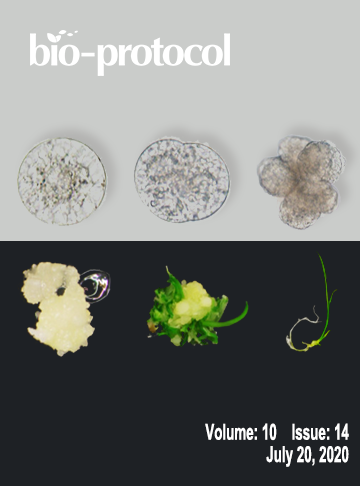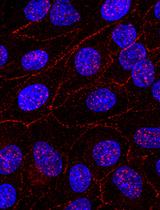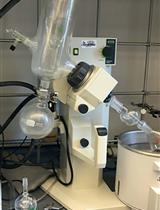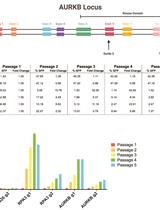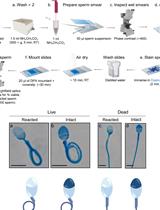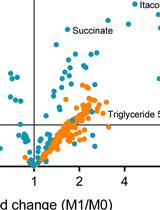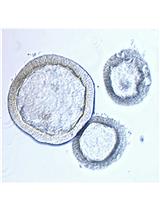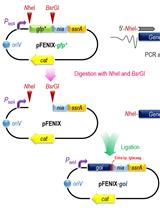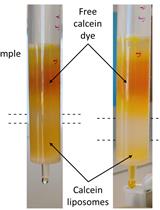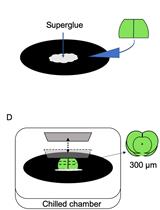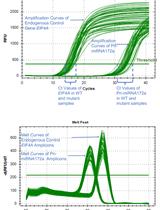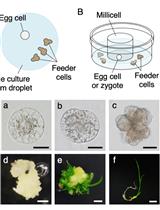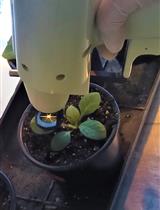- Protocols
- Articles and Issues
- About
- Become a Reviewer
Past Issue in 2020
Volume: 10, Issue: 14
Biochemistry
Immunofluorescent Staining of Claudin-2 in Cultured Kidney Tubular Cells
Biophysics
Preparation and Characterization of Ginger Lipid-derived Nanoparticles for Colon-targeted siRNA Delivery
Production and Isolation of Magnetic Protein Crystals in HEK293T Cells
Cancer Biology
A CRISPR Competition Assay to Identify Cancer Genetic Dependencies
Developmental Biology
Isolation, Culture, and Differentiation of Primary Myoblasts Derived from Muscle Satellite Cells
In vitro Induction and Detection of Acrosomal Exocytosis in Human Spermatozoa
Immunology
Metabolomic and Lipidomic Analysis of Bone Marrow Derived Macrophages
Microbiology
Intestinal Enteroid Culture for Human Astroviruses
A SsrA/NIa-based Strategy for Post-Translational Regulation of Protein Levels in Gram-negative Bacteria
Neuroscience
Calcein Release Assay to Measure Membrane Permeabilization by Recombinant Alpha-Synuclein
Method for Prolonged Incubation of Brain Slices
Plant Science
RNA Stability Measurements Using RT-qPCR in Arabidopsis Seedlings
Gene Expression and Genome Editing Systems by Direct Delivery of Macromolecules Into Rice Egg Cells and Zygotes
Generation and in Planta Functional Analysis of Potato Virus Y mutants
Systems Biology
HoSeIn: A Workflow for Integrating Various Homology Search Results from Metagenomic and Metatranscriptomic Sequence Datasets


